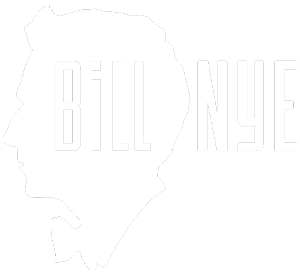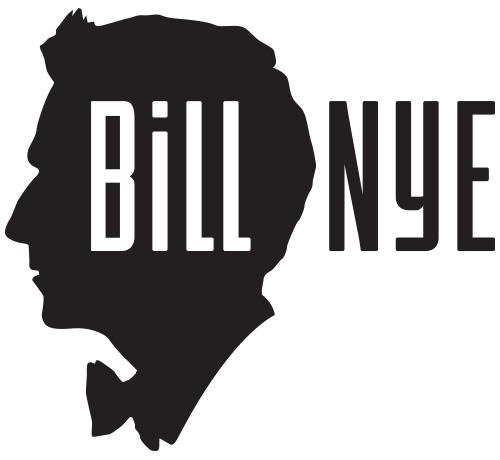Farming
It’s Old Mac Science Guy’s “Farming” show, E-I-E-I-O.
Before food gets into your kitchen, before it even gets to the store, it’s on a farm. Almost everything we eat is grown on a farm, an area of land used to raise animals and plants. Farming nowadays can get pretty complicated. Farmers are scientists – agricultural scientists. Farmers work hard to keep their farms healthy. Soil is stirred up to get oxygen to the microorganisms that live in between the grains and to plant roots – that’s called tilling the soil to aerate it. Plants need to be protected from pests with either chemical pesticides or biological pesticides. Animals like bats and friendly insects eat other pest insects (chomp,chomp). Animals are milked, corralled, fed, sheared, slaughtered or cleaned-up after.
Farms usually take up large areas of land that were once home to wild animals. In fact, for the first time in history, there are more farm animals than wild ones. Farms also use a lot of chemical pesticides that can pollute water, if we’re not careful. But farms provide food for millions of people, including you. Next time food calms your rumbling stomach, think about farming.
The “Farming” episode will give you plenty of food for your thoughts.
The Big Ideas
- Almost all our food is grown on farms.
- Farmers control their plants, animals, and soil to grow and raise more food.
- Farming changes the environment.
Did You Know That?
- Hydroponics is the science of growing plants without soil?
- Organic farmers don’t use any human-made chemical pesticides or fertilizers?
- The record for the most milk ever provided by a single cow over its entire lifetime was 210, 985 kilograms (465,224 pounds)?
Books of Science!
- “Farming and the Environment” by William E. Manci. Published by Gareth Stevens Publishing, 1993.


